Tag: book
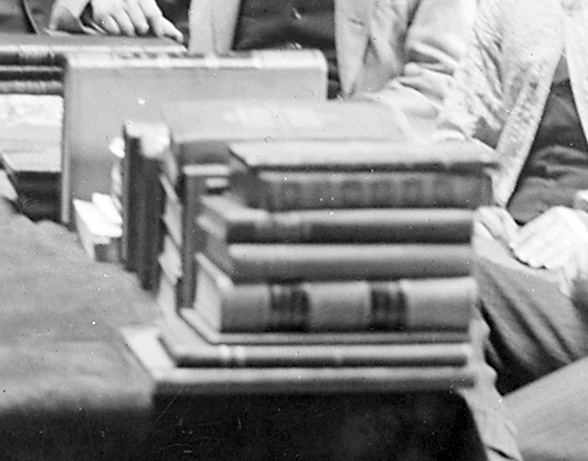 Wikipedia says: A book is a medium for recording information in the form of writing or images, typically composed of many pages (made of papyrus, parchment, vellum, or paper) bound together and protected by a cover. The technical term for this physical arrangement is codex (plural, codices). In the history of hand-held physical supports for extended written compositions or records, the codex replaces its predecessor, the scroll. A single sheet in a codex is a leaf and each side of a leaf is a page.
Wikipedia says: A book is a medium for recording information in the form of writing or images, typically composed of many pages (made of papyrus, parchment, vellum, or paper) bound together and protected by a cover. The technical term for this physical arrangement is codex (plural, codices). In the history of hand-held physical supports for extended written compositions or records, the codex replaces its predecessor, the scroll. A single sheet in a codex is a leaf and each side of a leaf is a page.
As an intellectual object, a book is prototypically a composition of such great length that it takes a considerable investment of time to compose and still considered as an investment of time to read. In a restricted sense, a book is a self-sufficient section or part of a longer composition, a usage reflecting that, in antiquity, long works had to be written on several scrolls and each scroll had to be identified by the book it contained. Each part of Aristotle’s Physics is called a book. In an unrestricted sense, a book is the compositional whole of which such sections, whether called books or chapters or parts, are parts.
The intellectual content in a physical book need not be a composition, nor even be called a book. Books can consist only of drawings, engravings or photographs, crossword puzzles or cut-out dolls. In a physical book, the pages can be left blank or can feature an abstract set of lines to support entries, such as in an account book, an appointment book, an autograph book, a notebook, a diary or a sketchbook. Some physical books are made with pages thick and sturdy enough to support other physical objects, like a scrapbook or photograph album.
Although in ordinary academic parlance a monograph is understood to be a specialist academic work, rather than a reference work on a scholarly subject, in library and information science monograph denotes more broadly any non-serial publication complete in one volume (book) or a finite number of volumes (even a novel like Proust’s seven-volume In Search of Lost Time), in contrast to serial publications like a magazine, journal or newspaper. An avid reader or collector of books is a bibliophile or colloquially, “bookworm”. A place where books are traded is a bookshop or bookstore.
Isidore of Seville (d. 636) explained the then-current relation between codex, book and scroll in his Etymologiae (VI.13): “A codex is composed of many books; a book is of one scroll. It is called codex by way of metaphor from the trunks (codex) of trees or vines, as if it were a wooden stock, because it contains in itself a multitude of books, as it were of branches.” Modern usage differs.
A codex (in modern usage) is the first information repository that modern people would recognize as a “book”: leaves of uniform size bound in some manner along one edge, and typically held between two covers made of some more robust material. The first written mention of the codex as a form of book is from Martial, in his Apophoreta CLXXXIV at the end of the first century, where he praises its compactness. However, the codex never gained much popularity in the pagan Hellenistic world, and only within the Christian community did it gain widespread use. This change happened gradually during the 3rd and 4th centuries, and the reasons for adopting the codex form of the book are several: the format is more economical, as both sides of the writing material can be used; and it is portable, searchable, and easy to conceal. A book is much easier to read, to find a page that you want, and to flip through. A scroll is more awkward to use. The Christian authors may also have wanted to distinguish their writings from the pagan and Judaic texts written on scrolls. In addition, some metal books were made, that required smaller pages of metal, instead of an impossibly long, unbending scroll of metal. A book can also be easily stored in more compact places, or side by side in a tight library or shelf space.
Showing 1–16 of 116 resultsSorted by latest
-

Image ID: AZFA
$7.99 -
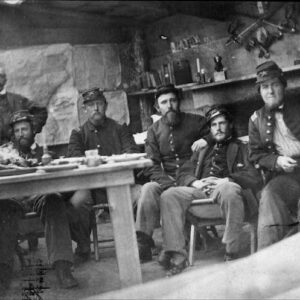
Image ID: AYYW
$0.99 -
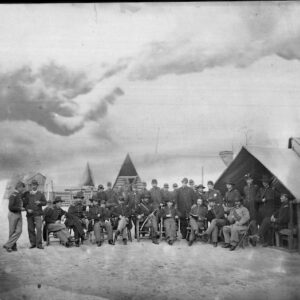
Image ID: AYWG
$0.99 -
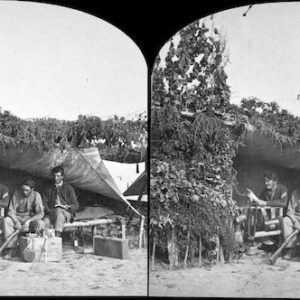
Image ID: AYRX
$5.99 -

Image ID: AYSP
$5.99 -

Image ID: AYTH
$5.99 -
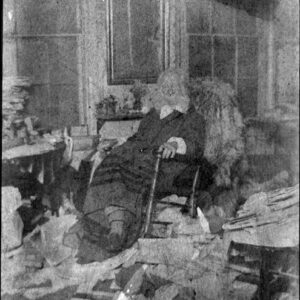
Image ID: AYEH
$1.99 -
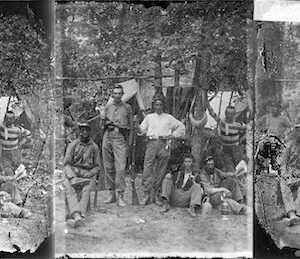
Image ID: AHBF
$0.99 – $3.99 This product has multiple variants. The options may be chosen on the product page -
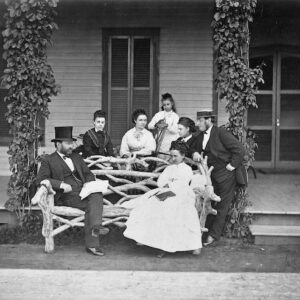
Image ID: AXDW
$6.99 -

Image ID: AXYK
$0.99 -
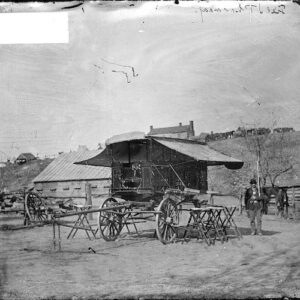
Image ID: AHYS
$4.99 -
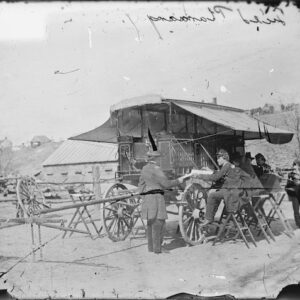
Image ID: AHZA
$4.99 This product has multiple variants. The options may be chosen on the product page -

Image ID: AQSB
$6.99 -
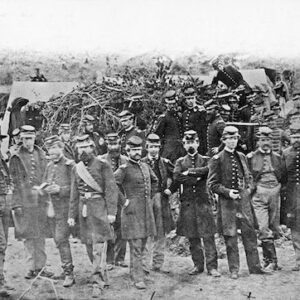
Image ID: AUEG
$6.99 -

Image ID: AXYR
$0.99 -
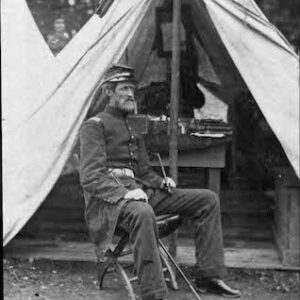
Image ID: AXZB
$0.99